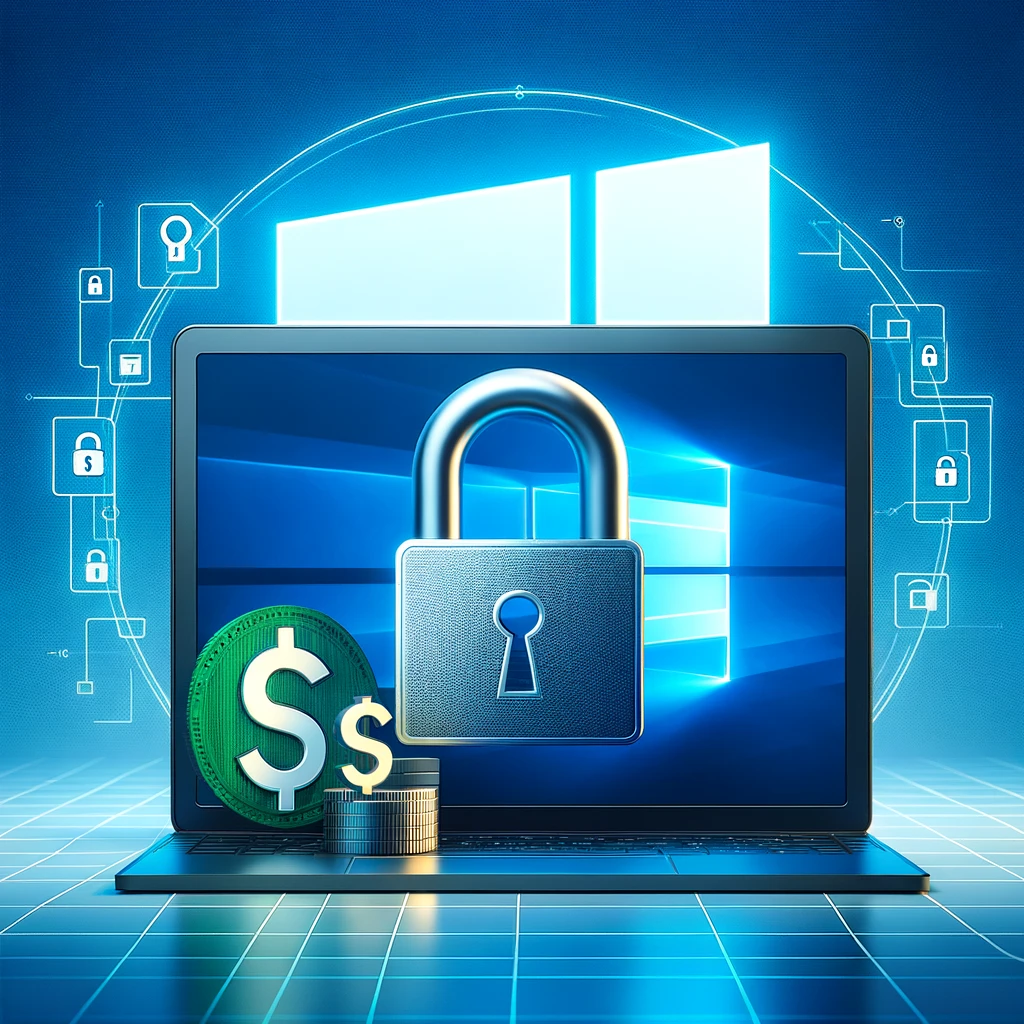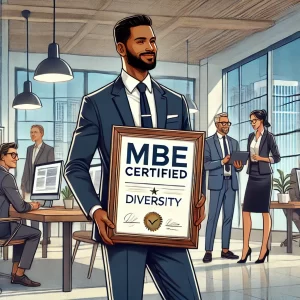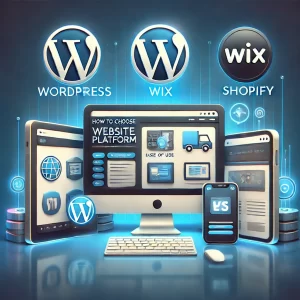

Microsoft has announced a significant change that affects millions of Windows 10 users: starting July 14, 2025, the company will begin charging for security updates. This shift marks a notable departure from their previous policy of providing free security updates for supported operating systems. As this date approaches, understanding the implications and preparing accordingly is crucial for both individual users and businesses.
The Big Change: Microsoft Charging for Security Updates for Windows 10
What Prompted This Change?
The decision to charge for security updates is part of Microsoft’s broader strategy to encourage users to transition to newer operating systems. Windows 10, first released in 2015, has been a staple for a decade. As technology advances, Microsoft aims to ensure that users benefit from the latest features, security enhancements, and support.
Transition to Windows 11 and Beyond
Microsoft’s push towards Windows 11 is a key driver behind this change. By charging for Windows 10 security updates, the company is incentivizing users to upgrade to Windows 11, which offers enhanced security features and improved performance.
Financial and Operational Considerations
From a financial perspective, the costs associated with maintaining security updates for an older operating system can be significant. By transitioning to a paid model, Microsoft can allocate resources more effectively while ensuring that users who require extended support contribute to its maintenance.
Timeline of Events
Key Dates to Remember
- July 14, 2025: Official start date for charging for Windows 10 security updates.
- June 2025: Final free security update release for Windows 10.
- August 2025: First paid security update cycle begins.
How Will This Affect Users?
Individual Users
Home Users
For home users, this change means that maintaining a secure system will incur additional costs. Those who choose not to pay for updates may be vulnerable to security threats, making it essential to consider upgrading to Windows 11 or exploring other security solutions.
Small Businesses
Small businesses that rely on Windows 10 will need to budget for these new expenses or plan an upgrade path. The costs for security updates will vary depending on the volume of licenses and the duration of the required support.
Enterprise Users
For larger enterprises, the impact is more significant. Businesses with extensive deployments of Windows 10 must assess the financial implications and strategize on whether to continue paying for updates or transition to Windows 11.
IT Management Challenges
Managing this transition will require careful planning by IT departments. Ensuring compatibility with existing applications, training staff, and scheduling updates are critical components of a successful migration strategy.
Alternatives to Paid Updates
Upgrading to Windows 11
Upgrading to Windows 11 is the most straightforward alternative. Microsoft offers various tools and resources to facilitate this process, ensuring a smooth transition with minimal disruption.
Exploring Other Operating Systems
For some users, this change may prompt consideration of alternative operating systems, such as Linux or macOS, depending on their specific needs and preferences.
Third-Party Security Solutions
Another option is to enhance Windows 10 security through third-party solutions. While this won’t replace official security updates, it can provide an additional layer of protection against vulnerabilities.
Preparing for the Change
Steps to Take Now
Assessing Current Systems
Begin by evaluating your current Windows 10 installations. Identify which systems will be affected and determine the most critical ones that need to be prioritized.
Budgeting for Updates
Calculate the potential costs of paying for security updates versus upgrading to Windows 11. This financial analysis will help in making an informed decision.
Planning Upgrades
Develop a detailed upgrade plan. Include timelines, resource allocation, and training sessions to ensure a smooth transition to Windows 11.
Impact on Security and Compliance
Ensuring Ongoing Security
Maintaining security is paramount. Without regular updates, systems are vulnerable to malware, ransomware, and other cyber threats. Paying for updates or upgrading is crucial for ongoing protection.
Compliance Requirements
For businesses, compliance with industry regulations often requires up-to-date security measures. Failure to maintain security updates could result in non-compliance penalties.
Community and Expert Reactions
Industry Experts Weigh In
The tech community has mixed reactions to this announcement. Some experts highlight the benefits of moving to newer, more secure systems, while others express concerns about the financial burden on users.
User Community Feedback
User forums and social media channels reflect a range of opinions, from those ready to upgrade to those seeking alternative solutions to avoid additional costs.
FAQs
When will Microsoft start charging for Windows 10 security updates?
Microsoft will begin charging for security updates on July 14, 2025.
Why is Microsoft charging for security updates?
Microsoft aims to encourage users to transition to newer operating systems, such as Windows 11, which offer improved security and performance.
How much will the security updates cost?
The cost will vary based on factors such as the volume of licenses and the duration of required support. Specific pricing details will be provided by Microsoft closer to the implementation date.
Can I continue using Windows 10 without paying for updates?
Yes, but it is not recommended due to the increased risk of security vulnerabilities. Upgrading to Windows 11 or exploring third-party security solutions are safer alternatives.
What are the benefits of upgrading to Windows 11?
Windows 11 offers enhanced security features, better performance, and improved user experience, making it a more robust and future-proof operating system.
Are there alternatives to upgrading to Windows 11?
Yes, users can consider other operating systems like Linux or macOS, or enhance Windows 10 security with third-party solutions.
Conclusion
Microsoft’s decision to charge for Windows 10 security updates starting July 14, 2025, is a significant shift that impacts millions of users. Preparing for this change involves assessing current systems, budgeting for updates, and planning upgrades. By staying informed and proactive, users can ensure their systems remain secure and compliant.





